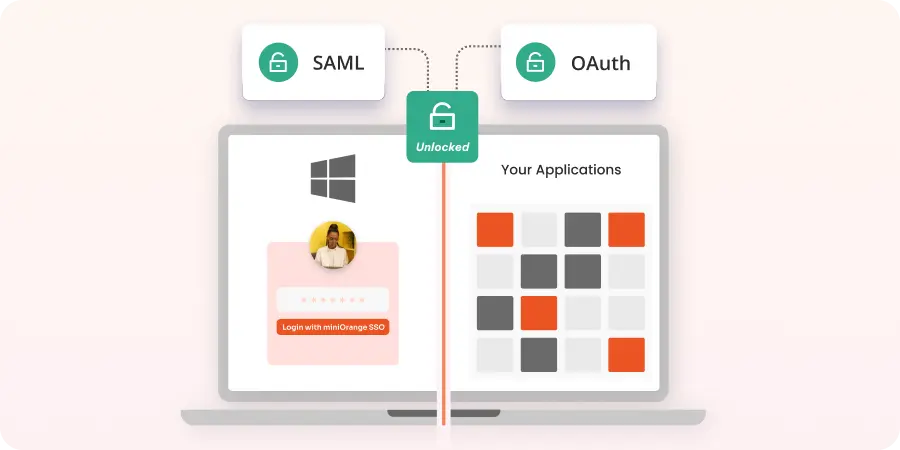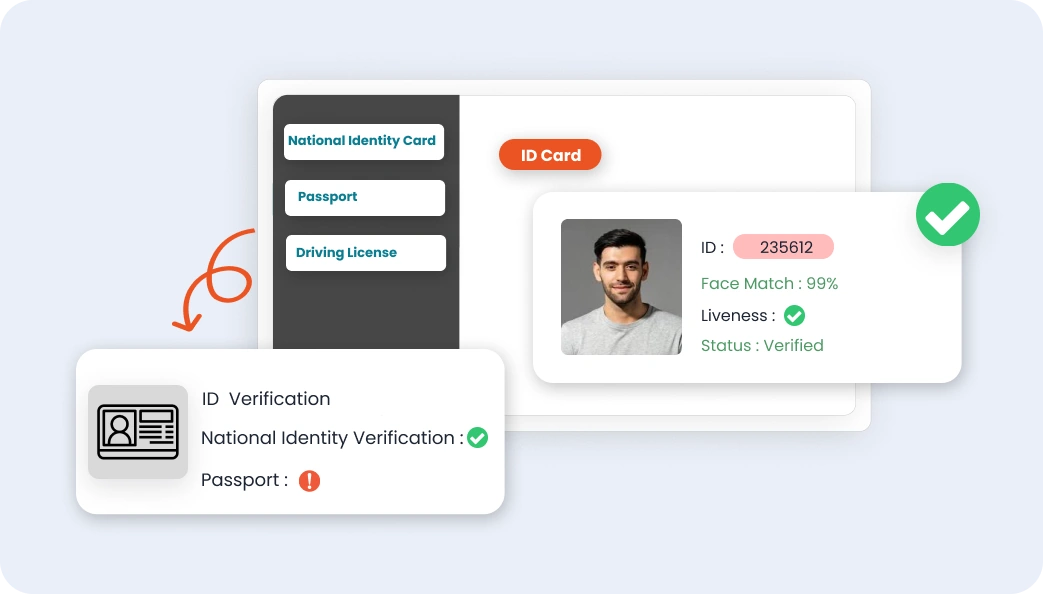In today’s digital landscape, securing access to websites is a critical priority for businesses, especially when dealing with sensitive internal or external content. Single Sign-On (SSO) simplifies the login process by allowing users to access multiple websites with a single, secure login, eliminating the need for multiple passwords. For companies looking to enhance security and user experience, website SSO is an essential SSO solution. It not only protects sensitive information but also streamlines access to both internal content and external websites, ensuring only authorized personnel can contribute to or access critical resources.
Implementing the right SSO system offers numerous benefits, including increased security, fewer password-related helpdesk calls, and a streamlined login process. Choosing a solution with flexible integration options that align with your company’s needs can make the difference between a smooth and efficient SSO setup and a challenging one. For businesses aiming to safeguard their web content and optimize operations, website SSO is a strategic move toward improving both security and productivity across their platforms.
Why SSO is Essential for Website Security
Securing websites is important in today's digital world, where cyber threats and data breaches are constant risks. Website SSO (Single Sign-On) offers a powerful solution by centralizing authentication and ensuring that only authorized users can access sensitive web services. By implementing website SSO, businesses can significantly reduce security vulnerabilities while improving the overall user experience.
Website SSO allows employees to use the same credentials across various corporate tools, eliminating the risks associated with shared or weak passwords, especially during employee turnover. By reducing failed login attempts and ensuring the right role permissions are enforced, adding SSO to a website boosts productivity and simplifies the user experience. This also encourages seamless collaboration and innovation within teams by safeguarding internal workflows.
The Benefits of Website Single Sign-On (SSO):
- Enhanced Security: SSO eliminates the need for shared or weak passwords, reducing the risk of unauthorized access and improving control over role-based permissions.
- Simplified Access: Employees can use the same credentials for multiple corporate tools and websites, reducing the need to memorize or manage multiple passwords.
- Boosted Productivity: With fewer failed login attempts and faster access to critical systems, SSO enhances employee efficiency and streamlines website collaboration.
- Improved Collaboration: SSO ensures secure, role-based access, enabling smooth internal and external team collaboration on website content without compromising security.
- Customizable and Scalable: Website SSO offers flexible integrations with various providers like OAuth2 and SAML, fitting a company’s specific needs and allowing for easy onboarding and future scalability.
OAuth2 vs. SAML
When it comes to securing access to websites and applications, two commonly used Single Sign-On (SSO) systems are OAuth2 and SAML (Security Assertion Markup Language). While both systems achieve the goal of gating website access, they do so in different ways and are suited for different scenarios.
OAuth2: Open Authorization for Access Control
OAuth2 is a widely used authorization framework that enables users to log in to one application and gain access to other connected applications without needing to re-enter credentials. The system works through an access token, which is generated by a service provider that holds employee credentials. Once a user logs into the primary application, the access token allows them to interact with other applications seamlessly. This token also defines specific permission levels, ensuring that users have the appropriate access based on their roles.
OAuth2 is ideal for scenarios where you want to control access between multiple applications without sharing login credentials. It’s especially useful for granting specific permissions to users for certain applications while ensuring they do not have access to others unless authorized.
SAML: Authentication for Centralized User Management
SAML, on the other hand, focuses on authentication, ensuring that users’ identities are verified before granting them access to multiple platforms using a single set of login credentials. SAML creates a bridge between identity providers (who store user login information) and service providers (the platforms users need to access). By using SAML, employees can log in once and access various tools or websites without the need to repeatedly enter usernames and passwords.
SAML is often used in enterprise environments where centralized identity management is crucial for controlling access to sensitive internal systems, making it a popular choice for intranets and corporate websites.
which is better for Website SSO: OAuth2 or SAML?
To decide whether OAuth2 or SAML is better for your organization, it’s important to distinguish between authentication and authorization. SAML is primarily focused on authentication, ensuring users’ identities are verified before they gain access to systems. In contrast, OAuth2 is designed for authorization, managing what users can do once they are inside the system.
One doesn’t have to choose one over the other; many companies use both OAuth2 and SAML as part of a comprehensive SSO strategy, depending on their specific needs for user identity verification and access control. By understanding the differences and benefits of OAuth2 and SAML, businesses can implement the right combination of SSO solutions to safeguard their websites and ensure seamless access for their employees.
Maximize Website Security with SSO
Adding SSO to your website provides significant benefits, such as enhancing security and simplifying the user login experience. By eliminating the need for multiple passwords, SSO ensures employees (employee SSO) have secure and seamless access to the tools and websites they need. This reduces the risk of password fatigue, prevents unauthorized access, and enforces proper role-based permissions. Solutions like OAuth2 and SAML allow for efficient management of credentials while boosting productivity by minimizing login-related interruptions.
Why Choose miniOrange for Your SSO Needs?
Implementing SSO for your website is a crucial step toward improving both security and user experience. Whether it's protecting internal content or securing external web platforms, miniOrange’s SSO solutions offer an efficient and secure way to simplify access while maintaining strict control over sensitive information. With miniOrange, you can ensure that your employees have seamless access to critical systems without the hassle of managing multiple passwords, providing both security and convenience.
Exploring the benefits of website SSO with miniOrange can help businesses reduce helpdesk calls, enhance collaboration, and simplify user access management. By integrating the right miniOrange SSO system, businesses can safeguard digital assets, improve operational efficiency, and ensure seamless scalability as they grow. Whether using OAuth2, SAML, or a combination, miniOrange offers a comprehensive solution for secure and efficient authentication tailored to your organization’s specific needs.
Author





Leave a Comment